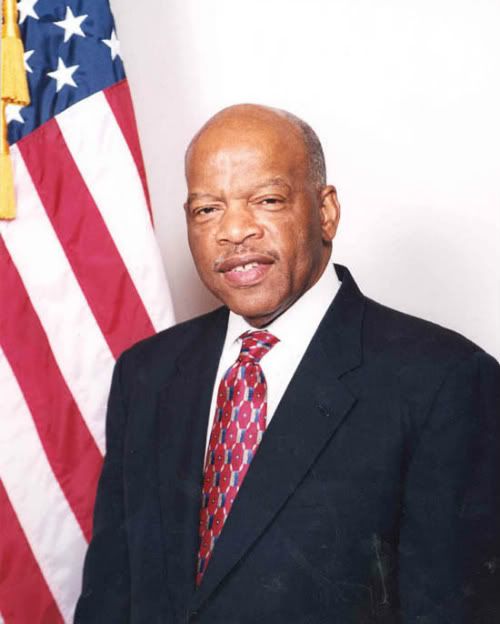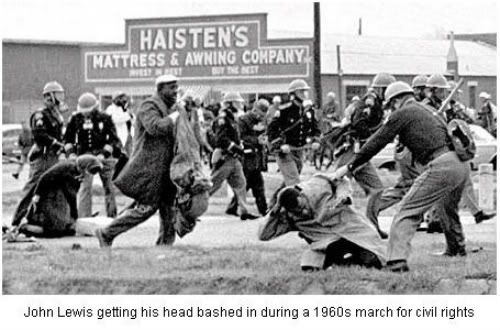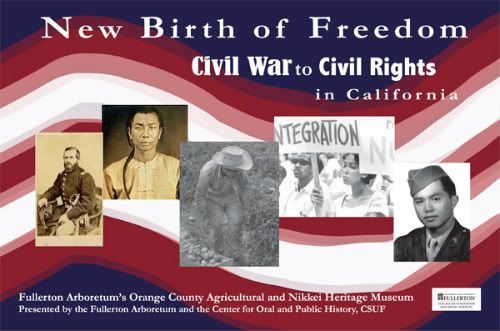
John Lewis grew up in the rural American south, the son of sharecroppers. As a child, he witnessed and lived through the horrors of segregation and discrimination that were the norm before the Civil Rights movement in the United States. He recalled, as a child, asking his parents why there was segregation and discrimination and his parents telling him, "That's just the way it is. Don't get in the way. Don't get in trouble." John did not listen.
As a young man, he wrote a letter to Dr. King, asking how he could get involved in the movement. Dr. King responded with a letter and a Greyhound bus ticket to Montgomery. Lewis did not tell his parents about the letter, but he took that trip to Montgomery by himself, met Dr. King, and it changed his life.
He became deeply involved in the movement, staging sit-ins at segregated lunch counters, going on the famous "Freedom Rides" as a protest against segregation on public buses. He was repeatedly beat up, arrested, and persecuted. But he persisted. He said, "For the past 50 years, I've been trying to find a way to get in the way, and I've been getting in trouble ever since." There was thunderous applause in the crowd.

John Lewis spoke in a style similar to Dr. King, heavily influenced by Southern Baptist preaching, full of powerful oratory, outrage, and deep compassion. He told a story about how, when he got off the bus after one of the Freedom Rides, a group of men savagely beat him, and he (not his attackers) was arrested. Years later, an old man visited his office in congress and said, "I was one of the ones who beat you that day. I wanted to say I'm sorry." Lewis hugged the man and his son, and the three of them stood in his office crying. "This shows the power of truth and reconciliation," Lewis said.

After his speech, there was a standing ovation. It was one of the most inspiring things I've witnessed in a long time. The talk was in conjunction with an exhibit at the Nikkei Heritage Museum at the Arboretum called "New Birth of Freedom: Civil War to Civil Rights in California." The exhibit was curated by graduate students of Cal State Fullerton. It told the story, in words and pictures, of the struggles that happened here, in our own state, for the cause of justice and civil rights.
Even in Orange County, there was a large Ku Klux Klan, there was housing discrimination, there were segregated schools, there were a lot of social problems in the 20th century. When people think of Civil Right struggles, they often think only of the American South, but even a place as "progressive" as California was not immune to racism, discrimination, and hatred. The exhibit, which runs for several months, tells an aspect of our history that desperately needs to be told.
It is stories like these that inspire me to continue working on my little book project, which is called "The Town I Live In: A History of Fullerton." Many of the "official histories" of this place gloss over or completely ignore the real human struggles that made this place what it is today. I want my book to tell the side of the story of those who struggled, despite great persecution and personal cost, to help make what John Lewis called "the beloved community." We have not yet arrived there, but in understanding the past, in telling stories that have been largely ignored or forgotten, we can move forward together with justice and compassion.

